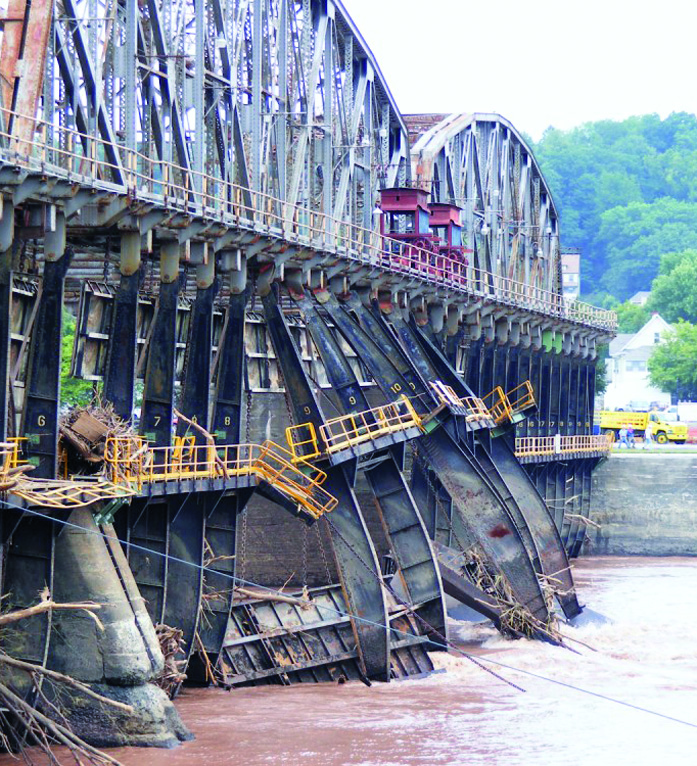As a member of PIANC’s Navigating a Changing Climate initiative, IWI supports the association’s Declaration on Climate Change, launched today 10th December 2019, during the Round Table on Resilience at COP25 in Madrid, Spain.
The President of the World Association for Waterborne Transport Infrastructure (PIANC) presented the policy document as PIANC’s contribution to the growing debate on how to respond to the changing climate.
In addition to recognising the role of waterborne transport infrastructure owners and operators in reducing greenhouse gas emissions, the Declaration focuses on the urgent need to strengthen resilience, and adapt port and waterway infrastructure and operations to the effects of climate change. In particular, it highlights that climate change adaptation action does not need to be complex or costly. There are many simple and relatively inexpensive measures that can be put in place to help strengthen the resilience of critical navigation infrastructure.
Taking prudent early steps such as those highlighted in the Declaration will help ensure that waterborne transport assets and operations are better prepared to withstand future changes and, in circumstances such as extreme weather events where damage or disruption prove unavoidable, to recover quickly and efficiently.
Through the Navigating a Changing Climate initiative, PIANC is working with other key players in the waterborne transport infrastructure sector to develop, disseminate and share relevant climate change knowledge, experience and information.
The Declaration provides a ‘call-to-arms’ for the sector to accelerate and scale up action, urgently and decisively, in order to reduce the potentially significant risks that climate change poses to waterborne transport businesses, operations, safety and infrastructure.
IWI’s input to the initiative naturally covers the inland water transport sector : both freight and passenger carrying, a growing branch of the tourism industry in many countries. Both are seriously affected by climate change and extreme events. The consequences are less spectacular than on vulnerable coasts, but the impacts – and the need to build up resilience – are no less real and urgent. Rivers are increasingly affected by extreme drought and extreme floods, with threats to long-term navigability. And water supply to canals is also less and less secure.

